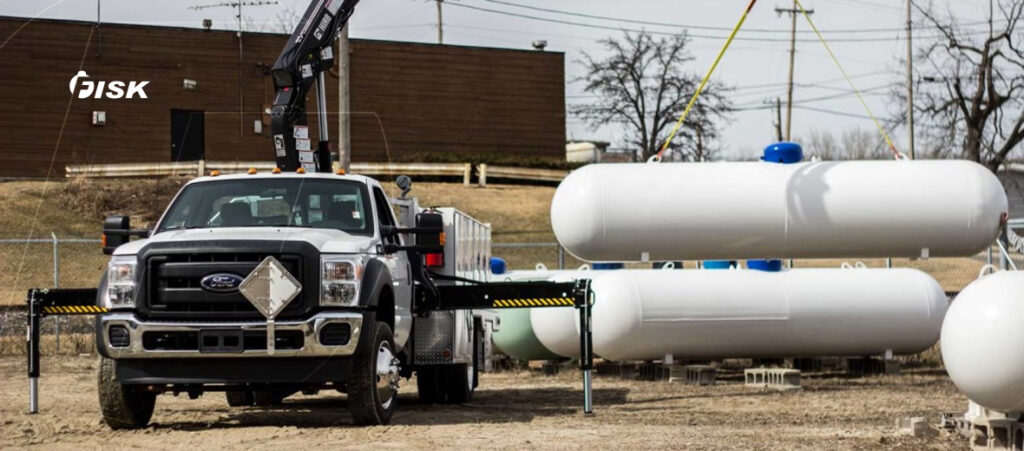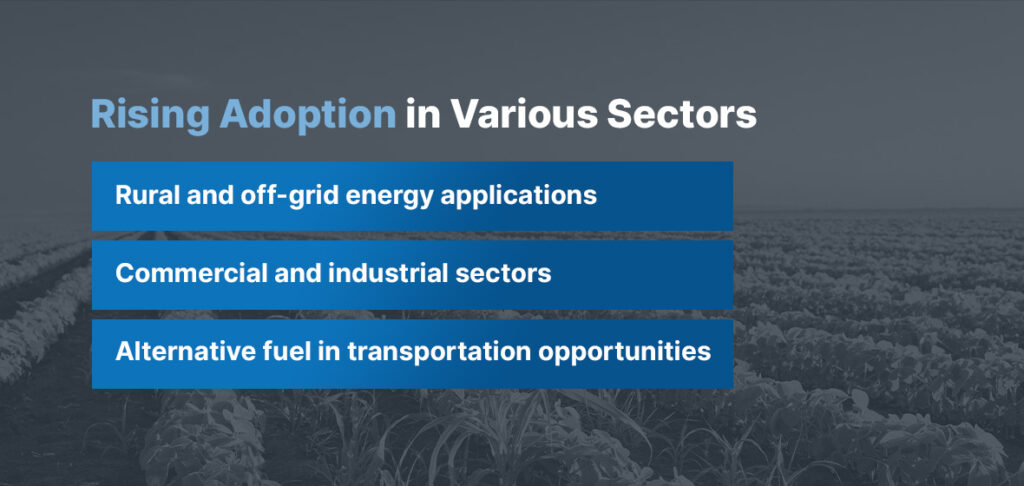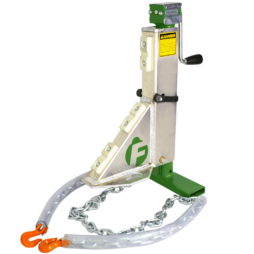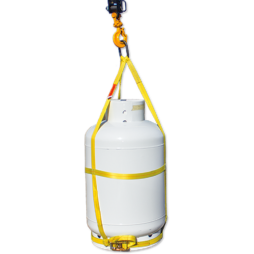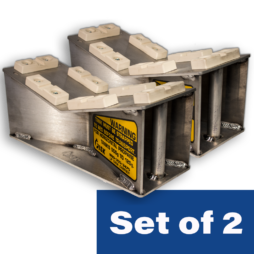Propane is more important than ever, both nationally and internationally. A valuable clean energy source, propane helps consumers reduce greenhouse gas emissions and contribute to a safer, more sustainable climate future. As we approach 2025, the propane industry stands at a critical juncture, marked by evolving supply and demand dynamics, technological innovations and environmental regulations. These factors can influence pricing and availability, especially for trucking businesses dependent on propane.
In this guide, we’ll examine the propane industry trends likely to play out in 2025 and beyond. We’ll also discuss propane price trends and what you can expect in terms of market dynamics.
2025 Propane Industry Outlook
Propane is a key player in the world’s shift toward more sustainable fuel sources. Its market growth is fueled by its lower carbon emissions, versatility in commercial applications and advancements in propane production and distribution technologies. The following are 2025 trends we can expect to see.
Supply and Demand Fluctuations
Propane, a by-product of natural gas processing and petroleum refining, is witnessing an interesting shift in its supply and demand curve. The U.S. Energy Information Administration (EIA) projects a significant boost in biofuel production, which includes renewable propane. From a modest 19,000 barrels per day (b/d) in 2023, production is expected to soar to 51,000 b/d by 2025, primarily driven by an uptick in sustainable aviation fuel (SAF) production capacity.
This surge reflects a broader trend — as renewable diesel production ramps up, so too does the output of its byproducts, including renewable propane.
Technological Advancements
Technological advancements are revolutionizing the propane industry, particularly in storage and distribution. Enhanced propane dehydrogenation processes and collaborations, like the one between KBR and ExxonMobil, are paving the way for more efficient propane production.
Moreover, companies like Enterprise Products Partners expanded pipeline systems to accommodate increased production from regions like the Permian Basin. These advancements are designed to lower fuel prices for propane markets across the United States, providing reliable and diverse refined products to underserved regions.
Environmental Regulations
The push for environmental sustainability is another catalyst reshaping the propane industry. Propane’s lower carbon footprint, compared to coal or oil, makes it an attractive fuel alternative. Government policies and incentives are encouraging the adoption of propane in clean energy programs, further driving its demand.
Starting January 1st, 2025, the Treasury Department will offer a tax credit of $0.20 per gallon for non-aviation low-emission transportation fuels, including propane. The incentive, called the Clean Fuel Production Credit, will extend $1.00 per gallon to facilities that meet prevailing wage and apprenticeship requirements. The credit amount is adjusted for inflation annually.
Rising Adoption in Various Sectors
Due to its versatility and eco-friendliness, we see propane being adopted across diverse sectors, from rural applications to powering commercial ventures and fueling transportation fleets:
- Rural and off-grid energy applications: Due to its portability and relative environmental friendliness, propane is becoming the energy solution of choice in rural and off-grid areas. For instance, we’re seeing it used more in crop drying in agriculture, especially during harvest seasons when large quantities of grain need to be dried quickly to prevent spoilage.
- Commercial and industrial sectors: Propane is increasingly used for heating and power in the commercial and industrial sectors. Its versatility and high energy content make it ideal for a wide range of applications, including forklifts, machinery and backup generators.
- Alternative fuel in transportation opportunities: The demand for propane in transportation is driven by its relatively low cost, clean-burning properties and high energy density, which make it more eco-friendly than diesel and gasoline. This is especially important for fleet vehicles like school buses and delivery trucks.
Propane Price Forecast 2025
Propane prices for the 2024 and 2025 winter are expected to be lower than the 10-year average. The average price for propane is expected to be 70.04 cents from October 2024 to March 2025, which is about 8.5 cents below the 10-year average. Overall, the average price for propane is expected to be 69.33 cents from 2025 to 2026. Several factors can impact these prices, including inventory levels, production, demand and imports and exports.
Propane inventories are seasonal, typically building from April to September when consumption is generally low and falling in the winter. Additionally, the area of the U.S. plays a role in propane prices — the Midwest typically has lower retail prices than other regions, with propane distribution hubs located throughout the region. We’re seeing propane price predictions set at an average of $2.40 per gallon for winter 2025, 5% less than the previous winter.
The Future of Propane — Beyond 2025
Looking beyond 2025, propane’s role as a clean-burning fuel positions it as a favorable option. As the world’s population, pollution levels and urgency regarding climate change grow, the demand for sustainable fuels like propane will also increase. The global propane market is expected to reach 252.8 million tons by 2033, or a growth rate of 3.4% between 2025 and 2033.
The transition to sustainable fuels is not just about environmental stewardship — it’s also about energy security. With the U.S. importing 8.51 million b/d of petroleum from 86 countries, there is an urgent need for renewable alternatives to reduce dependence on foreign oil. Propane, especially renewable propane, could be a cornerstone of this transition, offering a domestic and sustainable fuel option.
As renewable energy sources become increasingly vital, propane’s role will be amplified in sectors from agriculture to urban transport. New tax incentives underscore this shift, encouraging a broader embrace of propane and enhancing its appeal. With the U.S. Energy Information Administration projecting a substantial rise in renewable propane production, we are on the cusp of a cleaner energy era.
Browse Fisk Propane Service Trucks
Propane’s role is expanding, becoming integral in sustainable energy strategies. As we navigate 2025, Fisk Tank Carrier recognizes the dynamic changes of the propane industry, poised to thrive amidst cleaner energy pursuits and technological innovations. To ensure your business capitalizes on these trends, we offer top-tier propane tank service and installation trucks built to last and tailored to your specific needs. Our custom propane truck solutions use aluminum and other high-quality materials, so you know you’re getting a durable vehicle that will serve for years to come.
With a focus on innovation and customer satisfaction, our trucks are optimized for efficiency and performance, keeping your operations running smoothly. Embrace the future with confidence and efficiency — request a quote today to learn more about our solutions and drive your business forward with Fisk’s reliable fleet.
